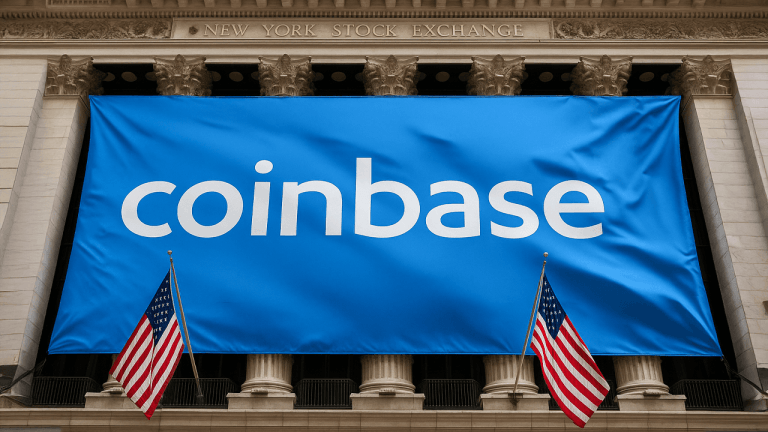Chicago prices $229 million of wastewater bonds with tighter spreads
4 min read

Chicago priced $229.265 million of second lien wastewater transmission revenue bonds Thursday in a refunding deal that saw spreads tighten from the last time the issuer was in the market.
This is the second wastewater deal since
Chicago has about $18.7 million outstanding of senior lien wastewater transmission revenue bonds. It has $1.9 billion outstanding of second lien wastewater transmission revenue bonds and $423 million outstanding of Illinois Environmental Protection Agency loans.
Fitch Ratings has assigned the 2024A refunding bonds a
The wastewater bond and system ratings reflect a “strong financial profile within the framework of very strong revenue defensibility and very strong operating risk profile,” Fitch said in its report. Supporting those judgments are the system’s low operating cost burden and life cycle ratio, its healthy rate flexibility, “stable” demographic trends and the wastewater system’s position as an essential service provider, Fitch said.
The rating agency noted that while the wastewater system’s leverage was “very low” in fiscal 2022 (9.9x), it is expected to reach 12.5x in the next five years if the planned capital spending is fully carried out.
“We projected leverage to increase to 12.0x over the next five years per our base case scenario last month,” said Kristen Reifsnyder, a director at Fitch Ratings. “With capital spending anticipated to be notably higher, leverage sustained above 12.0x would likely pressure the rating.”
Reifsnyder noted a five-year annual customer growth rate of 0.3% as of fiscal 2022 and a decrease in Chicago’s unemployment rate since 2020, both factors in Fitch’s judgment that the customer base is “diverse and stable.”
But “factors we’re keeping an eye on include any deterioration in the city’s credit quality and the aforementioned leverage staying above 12.0x longer term, assuming stability of the revenue defensibility and operating risk assessments,” she added.
KBRA had a slightly different take on the system’s leverage, saying in its rating report that the system already has “high leverage” and pointing to fiscal 2022’s debt-to-plant ratio of 62.9%.
KBRA assigns the Series 2024A refunding bonds a
“Current rates provide for satisfactory debt service coverage, robust system liquidity and necessary ongoing investment in the system,” KBRA said in its rating report.
It said the stable outlook stems from KBRA’s view that the system will be able to maintain debt service coverage above indenture requirements. The rating agency also believes the system will manage to handle the operating cost pressures that come from an aging system and flat utilization rates.
Among the system’s credit challenges, KBRA also noted the “lack of a debt service reserve fund and a relatively weak (1.1x) rate covenant.”
S&P assigns the Series 2024A refunding bonds a
“We note, however, that unrestricted cash and investments for fiscal 2022 dropped significantly, partly a planned decrease but partly also due to additional capital spending,” S&P said in its report. On the other hand: “We also note the significant cash flow that net revenue after debt service provides to support the ongoing needs of the wastewater system.”
Scott Garrigan, director and lead analyst at S&P, said the sewer system’s high leverage “demonstrates the city’s reliance on debt financing which we believe they have the current financial capacity to support.”
He added, “While higher leverage increases debt service carrying costs, we view positively the city’s commitment to ongoing system reinvestment and maintenance.”
S&P also pointed to a new pension methodology that impacts costs for the city’s utility funds, which Garrigan said the city will need to recover through ongoing rate increases.
“Overall, balancing the efforts to reduce the unfunded liability with additional related costs is currently credit neutral,” he said. “However, if pension contributions significantly escalate we will need to evaluate the impact it has on overall financial performance for the sewer utility.”
As of Dec. 31, 2022, the wastewater system had $164 million of liquidity and rate stabilization funds, or 430 days’ cash on hand.







